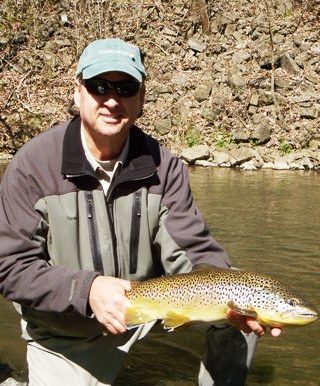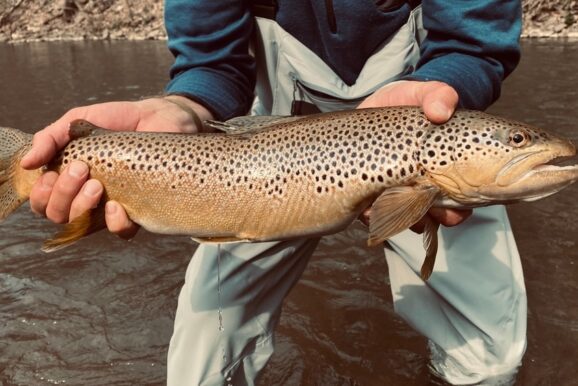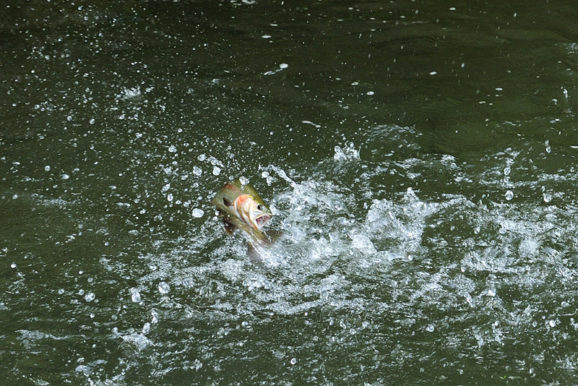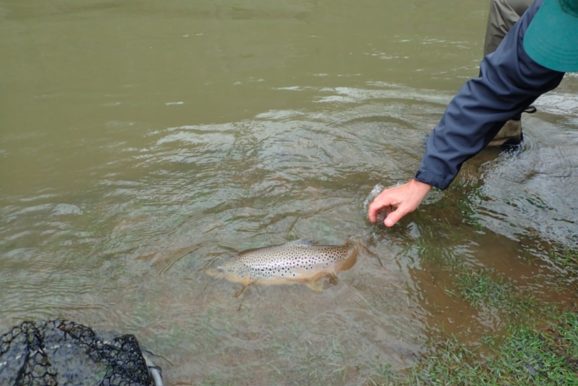
A few weeks ago while guiding, an interesting conversation sparked a discussion regarding strike indicators. Following the conversation, I was asked to write about the different types strike indicators and how they can be used. Here we go.
“What type of strike indicator do you use?” is a common question that I receive while guiding. The truth is that I carry a selection of strike indicators that can be used in various situations.
Knowing which style of indicator to use for a particular situation can improve presentation and detect more strikes, which will ultimately result in catching more fish. Here are some general guidelines as to how I select a strike indicator.
Yarn Indicator: A very sensitive indicator to detect strikes, but yarn does not usually perform well in fast, deep water or with heavy rigs. Yarn lands very light on the water, which makes it suited perfectly for low, clear water conditions where fish may be spooky. This style of indicator can also be useful in flat, slow moving water.
Stick-On Foam Oval Indicator: Similar to yarn, these small foam indicators are sensitive to detect strikes and do not usually spook fish. Stick-on indicators are capable of suspending more weight than yarn, which gives them to ability to perform better in fast, deep water. This type of indicator performs well on small streams or during low, clear water conditions.
Thingamabobber: In fast and deep water, a Thingamabobber is a solid choice for an indicator when rigs that are too heavy for yarn and stick on indicators will be fished. If you need to frequently adjust depth this style of indicator can be a disadvantage because they do kink leaders when they attach to the line. Due to making a splat while landing on water, a Thingmabobber is best suited for heavier flows, larger streams, or small rivers.
In-Line Teardrop Strike Indicator: These large styrofoam indicators are visible and a great choice for extra heavy rigs in water that is very fast or deep. The “peg” which attaches this indicator to the line functions very well for adjusting depth and does not kink leaders. Teardrop indicators splat while landing on water and can spook fish fairly easy which makes them best suited for heavier flows, large streams, or rivers.
Using these general guidelines will help anglers select a strike indicator to suite there own situational needs while fishing. The next month is a great time to get those last couple days on the water for the year.
If anyone else has a topic they would like to see in a post on the HomeWater blog, feel free to let us know and I will do my best to discuss it.




